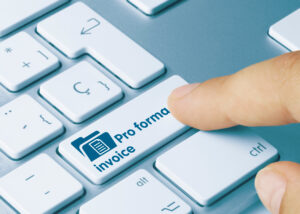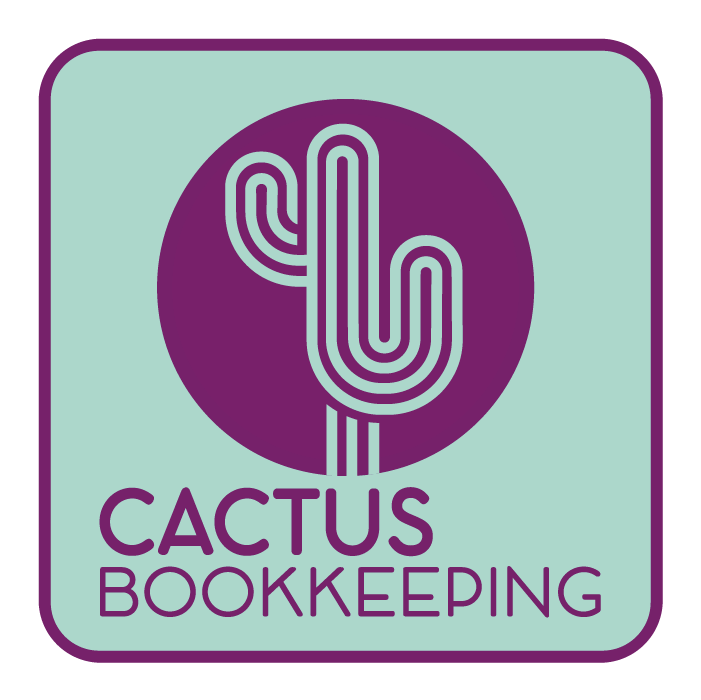What is the Difference Between a Pro-Forma Invoice and an Invoice?

Most of the time, you will receive an invoice when you have paid for goods or services. This invoice provides confirmation of the specified goods or services and is to be included in your business accounts, enabling you to claim VAT if applicable.
However, some businesses may issue a pro-forma invoice to receive payment prior to supplying goods or services.
What Does Pro-Forma Mean for the Customer?
Suppliers may raise a pro-forma invoice for several reasons:
- You are a new customer to the supplier.
- Concerns over creditworthiness.
- Supplier requires a commitment for manufacturing or purchasing products by receiving a payment.
- A payment in advance is required due to the costs of the goods being supplied.
Pro-forma invoices look similar to regular invoices and will generally include supplier and customer information, date of issue, goods and services to be provided, price, payment details, and terms and conditions. However, the pro-forma invoice should contain the statement “This is not a VAT invoice.”
Pro-Forma Points to Note
- A pro-forma invoice is not a legally binding document.
- There should be no invoice number listed.
- It should not be included in your business accounts.
- No VAT should be claimed.
Once the pro-forma invoice has been paid or the goods supplied, the supplier should provide the customer with a proper VAT invoice within 30 days.


ABOUT SUE
Sue Haynes is the founder of Cactus Bookkeeping and helps business owners
with all aspects of Bookkeeping to save them time so they can concentrate on running their
business. Sue is licensed, regulated and supported by the Institute of Certified Bookkeepers (ICB)
